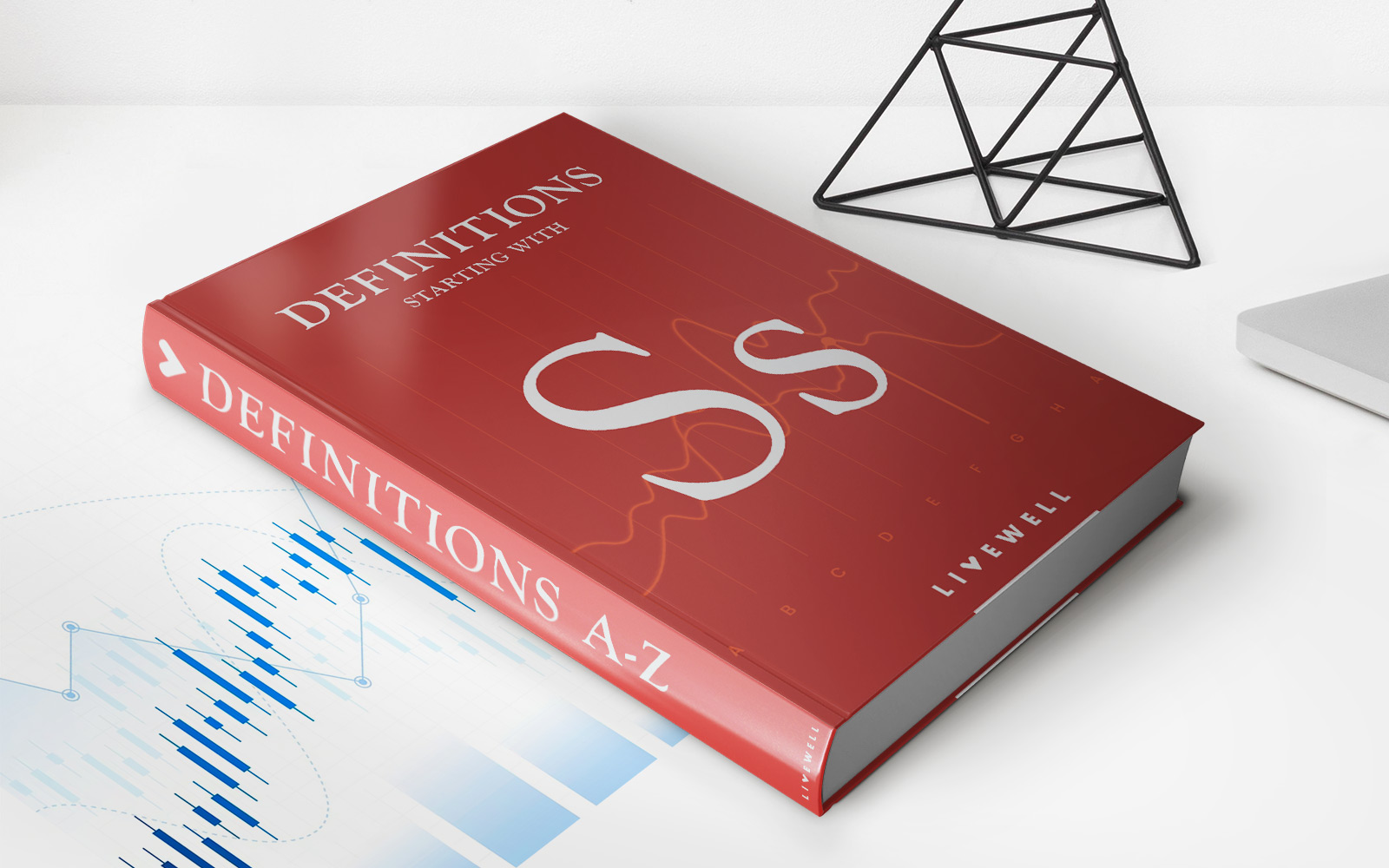Home>Finance>Demand Shock: Definition, Causes, Impact, And Examples


Finance
Demand Shock: Definition, Causes, Impact, And Examples
Published: November 10, 2023
Learn about demand shocks in finance - their definition, causes, impact, and real-world examples. Enhance your understanding of this important concept in the financial industry.
(Many of the links in this article redirect to a specific reviewed product. Your purchase of these products through affiliate links helps to generate commission for LiveWell, at no extra cost. Learn more)
Understanding Demand Shock: Definition, Causes, Impact, and Examples
Welcome to the “FINANCE” category of our blog! In this post, we will delve into the intriguing concept of demand shock. So, if you’re wondering what demand shock is, what causes it, the impact it has, and some real-life examples, you’re in the right place.
Demand shock refers to a sudden and significant shift in consumer demand for goods and services. This happens when the demand either plummets or skyrockets unexpectedly, leading to a substantial deviation from the normal consumption patterns. Now, let’s explore this phenomenon further and uncover its key aspects.
Key Takeaways:
- Demand shock involves a sudden and significant shift in consumer demand for goods and services.
- This shock can either be a sudden decrease or increase in demand, disrupting normal consumption patterns.
Causes of Demand Shock:
Demand shocks can be triggered by various factors, including:
- Economic Factors: A recession, inflation, changes in interest rates, or alterations in government policies can lead to a sudden drop in demand.
- Technological Advancements: The emergence of disruptive technologies or innovative products can rapidly shift consumer preferences and create a surge in demand.
- Natural Disasters: Catastrophic events, such as hurricanes, earthquakes, or pandemics, can severely impact consumer behavior and cause demand shock.
- Supply Chain Disruptions: Disruptions in the supply chain, such as shortages of raw materials, can result in supply constraints and subsequently influence the demand dynamics.
The Impact of Demand Shock:
The consequences of demand shock can be far-reaching and profound. Here are some of the impacts it can have:
- Businesses: Demand shock can disrupt business operations, leading to sales declines, excess inventories (in the case of reduced demand), or supply shortages (in the case of increased demand).
- Employment: Fluctuations in demand can affect employment rates, as companies may need to scale back or ramp up their workforce in response to changing consumer demand.
- Economy: Significant demand shock can influence economic indicators, such as GDP growth rates, inflation levels, and overall market stability.
- Investments: Investors may need to reassess their investment strategies in response to sudden shifts in demand, as it can impact the performance and valuation of companies and markets.
Real-life Examples:
Let’s look at a couple of notable examples of demand shock:
- The 2008 Financial Crisis: The collapse of the housing market and the subsequent financial crisis led to a significant decline in consumer demand, with people cutting back on their spending due to job losses and economic uncertainties.
- The COVID-19 Pandemic: The global pandemic caused a demand shock in various sectors. Travel and tourism, for instance, experienced a sharp decline in demand due to travel restrictions and safety concerns, while e-commerce and online entertainment witnessed a surge in demand as people shifted to remote work and leisure activities.
In conclusion, demand shock can profoundly impact businesses, economies, and even individuals. It is essential for companies and investors to understand the causes, effects, and potential responses to navigate these shifts successfully. By staying informed and adaptive, they can better position themselves to thrive amidst the ever-changing consumer landscape.
That’s it for our exploration of demand shock! We hope you found this blog post insightful and informative. Stay tuned for more engaging content in the “FINANCE” category.














